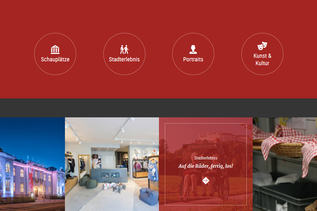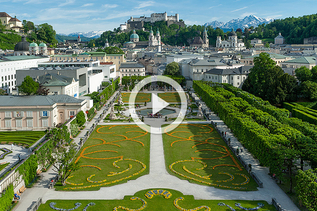
Salzburger Stier
Salzburska Byk jest jednym z ostatnich zachowanych późnogotyckich instrumentów dętych na świecie i znajduje się w twierdzy Hohensalzburg. Jest to także najstarszy mechaniczny instrument muzyczny, który jest regularnie używany.
Książę-biskup Leonhard von Keutschach zlecił budowę instrumentu w 1502 roku. Jak w innych miastach, stowarzyszeniach i klasztorach, pełnił on funkcję sygnalizacyjną, na przykład budząc mieszkańców rano i przypominając o porze snu wieczorem. Początkowo instrument składał się tylko z skrzynki powietrznej, miecha i 135 piszczałek. Trójdźwięk F-dur instrumentu przypominał ryczenie byka, dlatego w języku potocznym nazwał go Salzburger Stier.
Kiedy około 1640 roku do instrumentu dołączono organy z wałkiem, początkowo grały one tylko tzw. Stary Chorał. Dobre 100 lat później repertuar został wzbogacony o 11 melodii dworskich kapelmistrzów Eberlina i Leopolda Mozarta, aby każdy miesiąc miał swoją własną melodię.
Dziś charakterystyczny trójdźwięk F-dur rozbrzmiewa, a następnie jedna z 12 melodii codziennie o krótko po 7, 11 i 18, zawsze po grze dzwonów w Starym Mieście. Kiedy hałas nie jest zbyt głośny, można dobrze usłyszeć Salzburger Stier z placu katedralnego lub placu rezydencji.
Inne 'Salzburger Stiere':
Salzburger Stier: Międzynarodowa nagroda radiowa kabaretowa
Legenda o Salzburger Stierwascher
Impresje
Videos
Kontakt
Mönchsberg 34
5020 Salzburg







